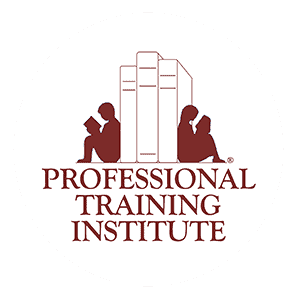
Does my child or student have a reading difficulty? This question can arise as early as the preschool years when children begin receiving instruction in early literacy skills. Given that fifteen to twenty percent of the population has a reading disability, it is important for educators, as well as parents, to be knowledgeable about the early warning signs of such a difficulty so that proper intervention can be implemented immediately and effectively.
Delayed language development, articulation problems, or frequent ear infections can be the first clues to a reading problem. Signs to look for in a child to ensure they are on track for reading success are:
Age 1
- Should be able to say several words.
Age 2
- Capable of putting two to three words together to form a sentence.
Age 3
- Should not use baby talk; rather should be able to pronounce words he knows correctly.
- If a child this age does not talk as much, or seem to know as many words as his peers do, this could be an indication that reading will become a struggle.
- Should be able to learn and name numbers, colors, and letters of the alphabet.
Ages 3-4
- Should be able to recognize letters in his own name and be aware of print around him. For instance, a child should have an understanding that those squiggles on cereal boxes and store signs are letters that make up words, just like the letters in his name.
- Should have an understanding of how books work, meaning people read words, not pictures, and the marks on the page are connected to the words he hears and says.
- Should make comments or ask questions to demonstrate that he understands what is read to him.
- Should have a realization that he can make his own letters; he should have an interest in picking up crayons and markers to “write.”
Age 4
- Should be able to name letters in the alphabet and recognize their shapes.
Another primary early indicator of a reading disability is a lack of well-developed phonemic awareness skills. Phonemic awareness is the understanding that words are made up of sounds, and it is also the ability to isolate and manipulate sounds within spoken words. According to Marilyn Jager Adams, a researcher and author on early reading, phonemic awareness is one of the best predictors of early reading success. Phonemic awareness is a prerequisite skill before children associate sounds with letters and manipulate sounds to blend words during reading, or segment words during spelling. Difficulties with identifying rhyming patterns, playing word games in which sounds are manipulated, or recognizing words that start with the same sound can be indications that a child will struggle with reading.
Of students with specific learning disabilities who receive special education services, seventy to eighty percent have deficits in reading. Dyslexia is the most common cause of reading, writing, and spelling difficulties. Ninety percent of children with reading difficulties will achieve grade level in reading if they receive help by the first grade. Seventy-five percent of children whose help is delayed to age nine or later continue to struggle throughout their school careers. If help is given in fourth grade, rather than in late kindergarten, it takes four times as long to improve the same skills by the same amount.
Given this data from the International Dyslexia Association, it is crucial to be aware of the early indicators of reading difficulties. While not all children with the symptoms mentioned above will develop a literacy challenge, it is best to err on the side of caution. The worst that can happen is a child gets a little extra support early in their school-age years that they didn’t necessarily need. Early detection of a reading difficulty is the best defense against a child falling behind in their literacy skills.










Jaydin Skinner says: